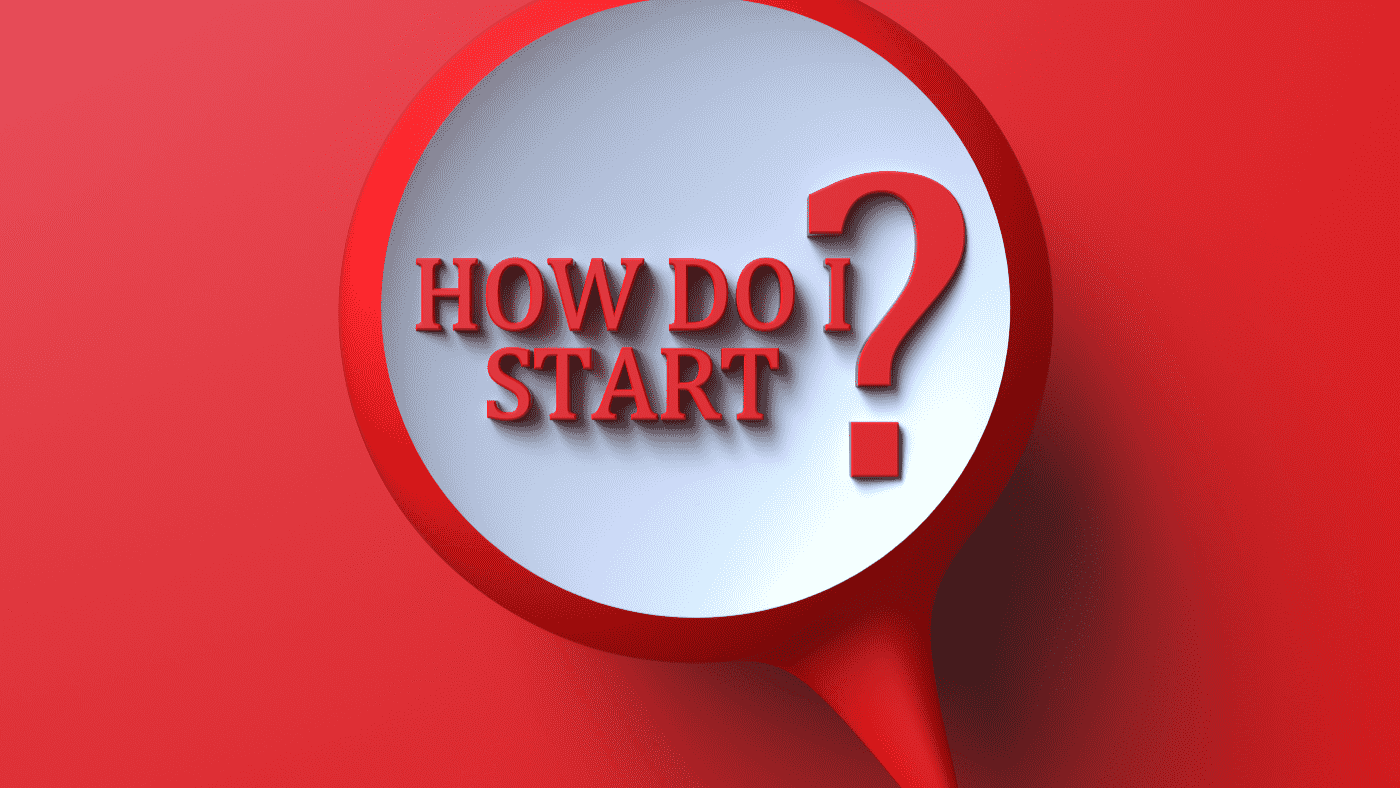
How to Start Dropshipping: A Step-by-Step Guide for Aspiring Entrepreneurs
Are you wondering how to start dropshipping? Dropshipping has become an increasingly popular e-commerce business model, allowing entrepreneurs to sell products without the need to hold inventory or handle shipping. With its low startup costs and flexibility, dropshipping offers an attractive opportunity for those looking to enter the world of online retail. In this comprehensive guide, we’ll walk you through the essential steps to launch your own successful dropshipping business.
Before diving into the specifics of starting a dropshipping business, it’s crucial to understand the concept. Dropshipping is a retail fulfillment method where the seller does not keep the products in stock. Instead, when a customer places an order, the seller purchases the item from a third-party supplier, who then ships the product directly to the customer. This model allows dropshippers to focus on marketing and customer service while avoiding the complexities of inventory management and order fulfillment.

Step 1: Choose a Niche and Research Products
The first step in starting a dropshipping business is to identify a niche and research potential products. A niche is a specific segment of the market that you will target with your products. It’s essential to choose a niche that aligns with your interests and has a proven demand. Consider factors such as market size, competition, and profitability when selecting your niche.
Once you’ve identified your niche, research products that have the potential to sell well. Look for products with high demand, low competition, and good profit margins. Use tools like Google Trends, Amazon Best Sellers, and AliExpress to gather data on product popularity and pricing.
Step 2: Find Reliable Dropshipping Suppliers
Finding reliable dropshipping suppliers is crucial to the success of your business. Look for suppliers that offer high-quality products, competitive prices, and reliable shipping. Popular platforms like AliExpress, SaleHoo, and Oberlo can help you connect with potential suppliers.
When evaluating suppliers, consider factors such as product quality, shipping times, customer service, and return policies. Establish clear communication channels with your chosen suppliers and test their products and services before committing to a long-term partnership. Building strong relationships with your suppliers is key to ensuring a smooth and efficient dropshipping operation.
Step 3: Set Up Your Online Store
With your niche and suppliers in place, it’s time to set up your online store. Choose an e-commerce platform that suits your needs and budget, such as Shopify, WooCommerce, or Magento. These platforms offer user-friendly interfaces, customizable templates, and various tools to help you create and manage your store effectively.
Design your store with a clean and professional layout, focusing on easy navigation, compelling product descriptions, and high-quality product images. Ensure that your store is mobile-friendly and optimized for search engines to maximize your visibility and attract potential customers.
Step 4: Market Your Dropshipping Business
Marketing is essential for driving traffic to your online store and generating sales. Develop a comprehensive marketing strategy that includes various channels such as social media, email marketing, content marketing, and paid advertising. Leverage platforms like Facebook, Instagram, and Google Ads to reach your target audience and showcase your products.
Create engaging and informative content that educates your audience about your products and provides value beyond the sale. Utilize email marketing to nurture leads, promote special offers, and build customer loyalty. Continuously analyze and optimize your marketing efforts to maximize their effectiveness and ROI.
Step 5: Manage Your Operations and Customer Service
Effective management of your dropshipping operations is crucial for long-term success. Implement systems and processes to streamline order processing, inventory management, and customer communication. Use automation tools to simplify tasks such as order tracking, invoice generation, and customer notifications.
Provide exceptional customer service to build trust and foster loyalty among your customers. Respond promptly to inquiries, address concerns, and handle returns or refunds professionally. Continuously gather feedback from your customers and use it to improve your products, services, and overall customer experience.
Conclusion
Starting a dropshipping business can be a lucrative and rewarding venture for aspiring entrepreneurs. By following the steps outlined in this guide, you can lay the foundation for a successful dropshipping business. Remember to continuously research and adapt to market trends, build strong relationships with your suppliers, and prioritize customer satisfaction. With dedication, perseverance, and a willingness to learn, you can turn your dropshipping dream into a thriving reality.


